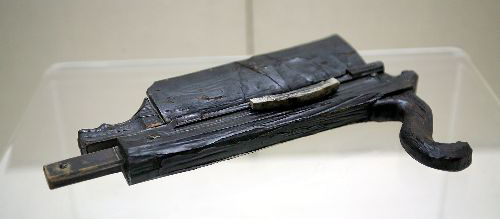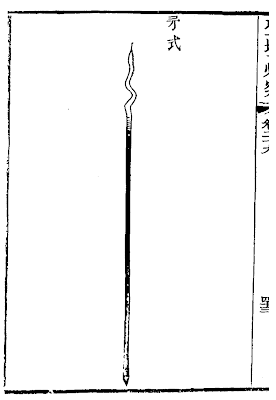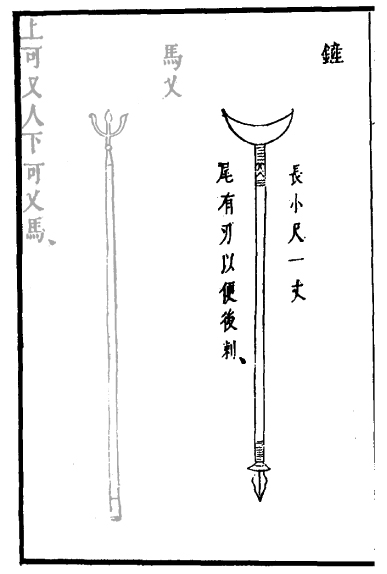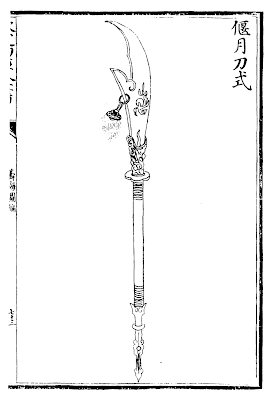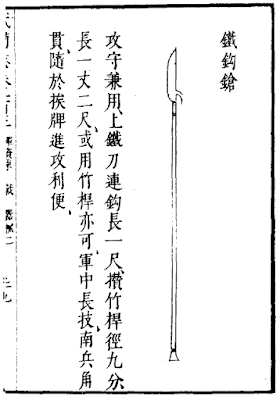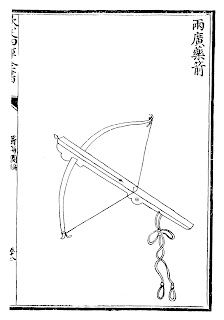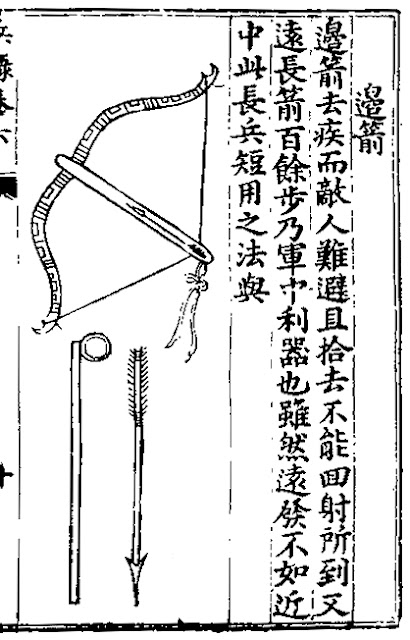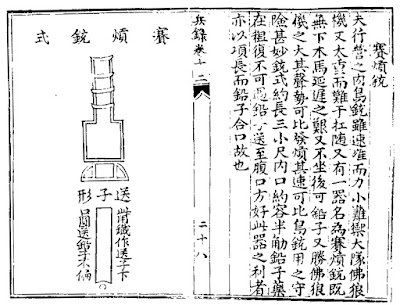Despite the importance of archery in Chinese culture and warfare, very little is known about Ming bows because of their eventual complete replacement by Manchu bow and its derivatives. In fact, much of the knowledge about Ming bows come from studies of written records, period artworks as well as experimental reconstructions. While these studies produced fruitful results, they remain (and will continue to remain) speculative.
Generally speaking, Ming bows exhibits strong influence from other Asiatic composite recurve horsebows such as Mongol, Tartar and Turkish bows. They can be categorised into two general groups: Xiao Shao Gong (小稍弓) and Da Shao Gong/Kai Yuan Gong (大稍弓/開元弓).
Xiao Shao Gong (小稍弓, small siyah bow)
Generally speaking, Ming bows exhibits strong influence from other Asiatic composite recurve horsebows such as Mongol, Tartar and Turkish bows. They can be categorised into two general groups: Xiao Shao Gong (小稍弓) and Da Shao Gong/Kai Yuan Gong (大稍弓/開元弓).
Xiao Shao Gong (小稍弓, small siyah bow)
 |
| Drawing of a Xiao Shao Gong, from 'Wu Bei Zhi (《武備志》)'. |

